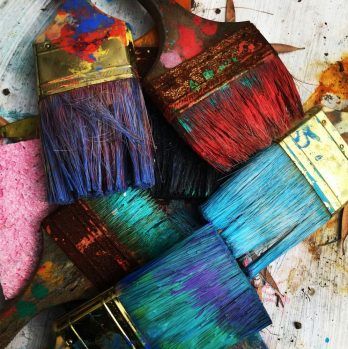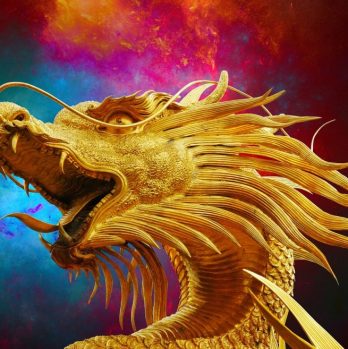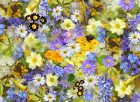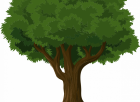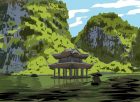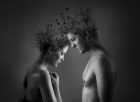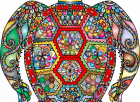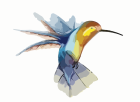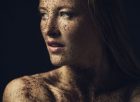Rokoko Art: A Detailed Overview of the Delicate and Ornate Style

Introduction:
Rokoko art, also known as Rococo art, emerged as a distinct artistic movement in the 18th century. It is characterized by its ornate and decorative style, emphasizing lavishness, elegance, and delicate details. This article aims to provide a comprehensive understanding of rokoko art, including its history, types, popularity, and the distinguishing features that set it apart from other art forms.
1. A Comprehensive Overview of Rokoko Art:
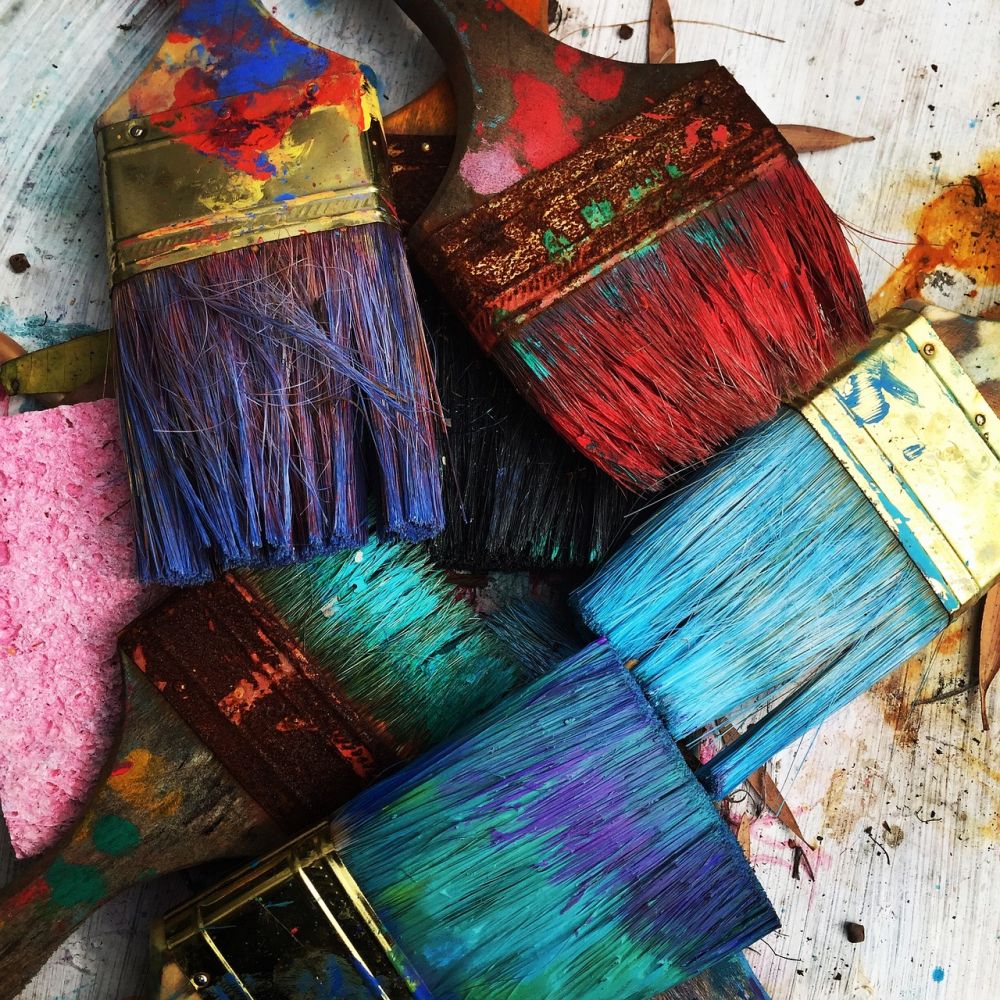
Rokoko art originated in Europe as a reaction against the rigid and formal styles of the Baroque period. It flourished during the late 17th and early 18th centuries, particularly in France and Austria. Rokoko art was closely linked to the cultural and social shifts during the Age of Enlightenment, showcasing a lighter and more frivolous approach to art and life.
2. Presentation of Rokoko Art:
a) Definition and Types: Rokoko art encompasses various art forms, including painting, sculpture, architecture, furniture, and decorative objects. Each type carries the characteristic features of the style, such as asymmetry, intricate floral motifs, pastel colors, and the extensive use of embellishments like shells, scrolls, and foliage.
b) Popular Artists and Works: Prominent rokoko artists include Antoine Watteau, François Boucher, Jean-Honoré Fragonard, and Jean-Antoine Watteau. Their works, such as ”The Embarkation for Cythera,” ”The Swing,” and ”The Toilette of Venus,” exemplify the elegance, romanticism, and frivolity of rokoko art.
3. Quantitative Measurements of Rokoko Art:
Quantifying the influence and importance of rokoko art can be challenging due to its subjective nature and wide range of expressions. However, it played a significant role in shaping the aesthetics of the time, particularly within the aristocratic circles. The number of surviving artworks, museum exhibitions, and art auctions dedicated to rokoko art serve as indicators of its enduring popularity and impact.
4. Distinguishing Different Rokoko Art Styles:
Rokoko art can vary subtly across different regions and artistic schools. For example, French rokoko art often featured elegant and charming portrayals of aristocratic life, while German and Austrian rokoko art emphasized grand architecture and lavish interiors. The Italian rokoko art leaned towards the theatrical and dramatic, incorporating elements from the Baroque period.
5. Historical Analysis of Pros and Cons of Rokoko Art:
a) Advantages: Rokoko art introduced a sense of lightness, elegance, and opulence to the art world. Its delicate forms and pastel color palettes offered a refreshing departure from the heavy and ornate Baroque style. Rokoko art also served as an expression of the tastes and lifestyles of the elite, contributing to the cultural and societal changes of the time.
b) Disadvantages: Critics argue that rokoko art can be seen as superficial and lacking depth compared to other art movements. Its excessive ornamentation and focus on pleasure and luxury have been criticized for being disconnected from reality and the pressing social issues of the era.
Conclusion:
Rokoko art, with its delicate beauty and intricate details, remains a captivating and influential artistic style from the 18th century. Its popularity and endurance are evident in numerous surviving artworks and the ongoing fascination with the Rococo period. By understanding the nuances, types, and historical context of rokoko art, we gain a deeper appreciation for this ornate and elegant movement that continues to inspire and delight art enthusiasts worldwide.
(Note: The article should be structured with a tag for the title and include H2 tags for the different sections. It can also include bullet points to enhance readability and increase the chances of being featured as a prominent snippet in a Google search.)

